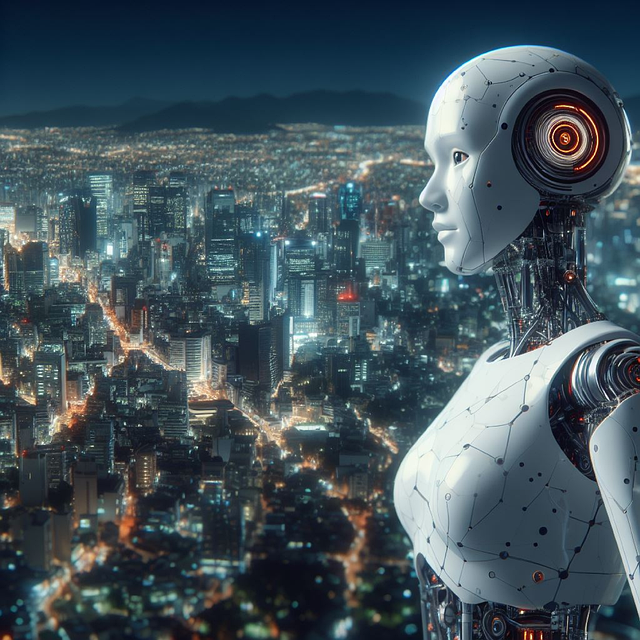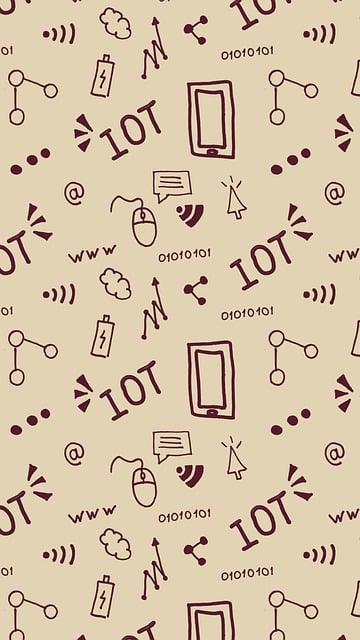“Discover the revolutionary world of AI chatbots, intelligent assistants that are transforming interactions with technology. This comprehensive guide explores the capabilities and diverse applications of these virtual agents, from customer service to content creation. We delve into the top AI chatbot platforms, examining their unique features and functionality. Learn how to evaluate their performance and understand the evolving landscape, including emerging trends and potential future impacts of AI chatbots on various industries.”
- Understanding AI Chatbots: Capabilities and Applications
- Top AI Chatbot Platforms and Their Features
- Evaluating the Performance and Effectiveness of AI Chatbots
- The Future of AI Chatbots: Trends and Potential Impact
Understanding AI Chatbots: Capabilities and Applications

AI chatbots are advanced conversational agents powered by artificial intelligence, designed to interact with users in natural language. These chatbots leverage machine learning algorithms and vast amounts of data to understand and respond to user queries accurately. They can perform a wide range of tasks, from answering simple questions to providing complex support, personalizing recommendations, and even assisting in creative processes.
The capabilities of AI chatbots span various sectors, including customer service, healthcare, education, and entertainment. They can be integrated into websites, mobile apps, messaging platforms, and voice assistants, enhancing user experiences and improving operational efficiency. With their ability to learn from interactions, adapt to new information, and continuously evolve, AI chatbots are becoming indispensable tools in today’s digital landscape.
Top AI Chatbot Platforms and Their Features

In today’s digital era, AI chatbots have emerged as a game-changer across various industries, revolutionizing how businesses interact with their customers. Among the top AI chatbot platforms are Cohere, Dialogflow (by Google), IBM Watson Assistant, and Microsoft Power Virtual Agents. Each offers unique features catering to different needs.
Cohere’s standout feature is its advanced natural language processing (NLP) capabilities, enabling chatbots to understand complex queries and context. Dialogflow excels in its intuitive interface and extensive integration with Google services, making it ideal for businesses already invested in the Google ecosystem. IBM Watson Assistant takes pride in its robust analytics and machine learning algorithms, allowing for continuous improvement over time. Microsoft Power Virtual Agents shines with its user-friendly design, making chatbot development accessible even to non-technical users.
Evaluating the Performance and Effectiveness of AI Chatbots

Evaluating the performance and effectiveness of AI chatbots involves assessing their ability to understand user queries and provide relevant, coherent responses. Key metrics include accuracy, context awareness, and response time. Top-tier AI chatbots excel in handling a wide range of user inputs, demonstrating flexibility and adaptability. They can engage in multi-turn conversations, maintaining context across interactions, which is crucial for fostering natural and meaningful exchanges.
Furthermore, the quality of responses is paramount. Effective AI chatbots deliver information that is not only accurate but also tailored to the user’s needs. They should be able to process complex requests, extract essential details, and generate human-like text. Regular testing, user feedback, and continuous learning are essential practices to ensure these chatbots remain robust, relevant, and aligned with evolving user expectations in the dynamic landscape of AI chatbots.
The Future of AI Chatbots: Trends and Potential Impact

The future of AI chatbots is promising, with continuous advancements pushing the boundaries of their capabilities. Key trends include enhanced natural language processing (NLP), allowing for more fluid and human-like conversations. This evolution enables chatbots to understand complex queries, context, and nuances in language, making interactions increasingly sophisticated. Additionally, integration with various platforms and services opens up new possibilities; AI chatbots can become omnipresent assistants, seamlessly transitioning from messaging apps to voice assistants and even in-car systems.
The impact of these developments is far-reaching. Chatbots are poised to revolutionize customer service by providing instant, personalized support 24/7. In healthcare, they can assist with initial assessments and offer mental health resources. Education could see interactive learning experiences powered by chatbots, while businesses benefit from efficient lead generation and sales assistance. As AI chatbots mature, their role in daily life will become more prominent, shaping how we interact with technology and each other.
AI chatbots are transforming the way we interact with technology, offering unprecedented capabilities across various sectors. As these platforms continue to evolve, their potential to enhance customer service, streamline operations, and foster innovative solutions will only grow. By understanding their functionalities, evaluating performance, and staying informed about future trends, businesses and individuals alike can harness the power of AI chatbots to create more efficient and engaging experiences.
